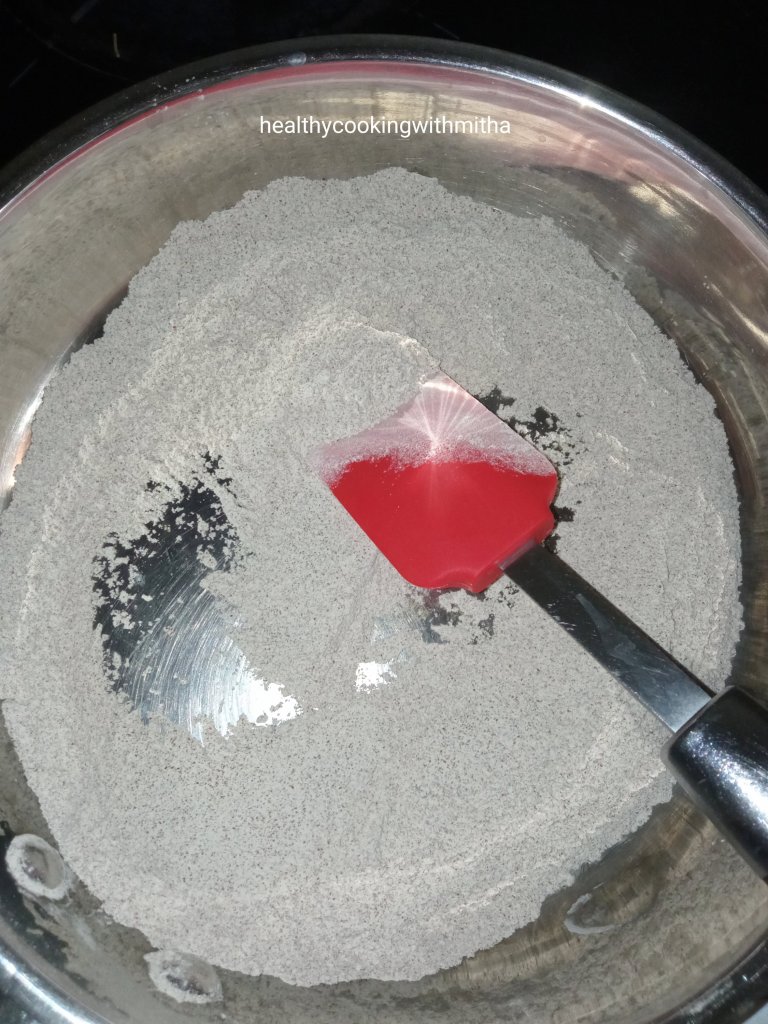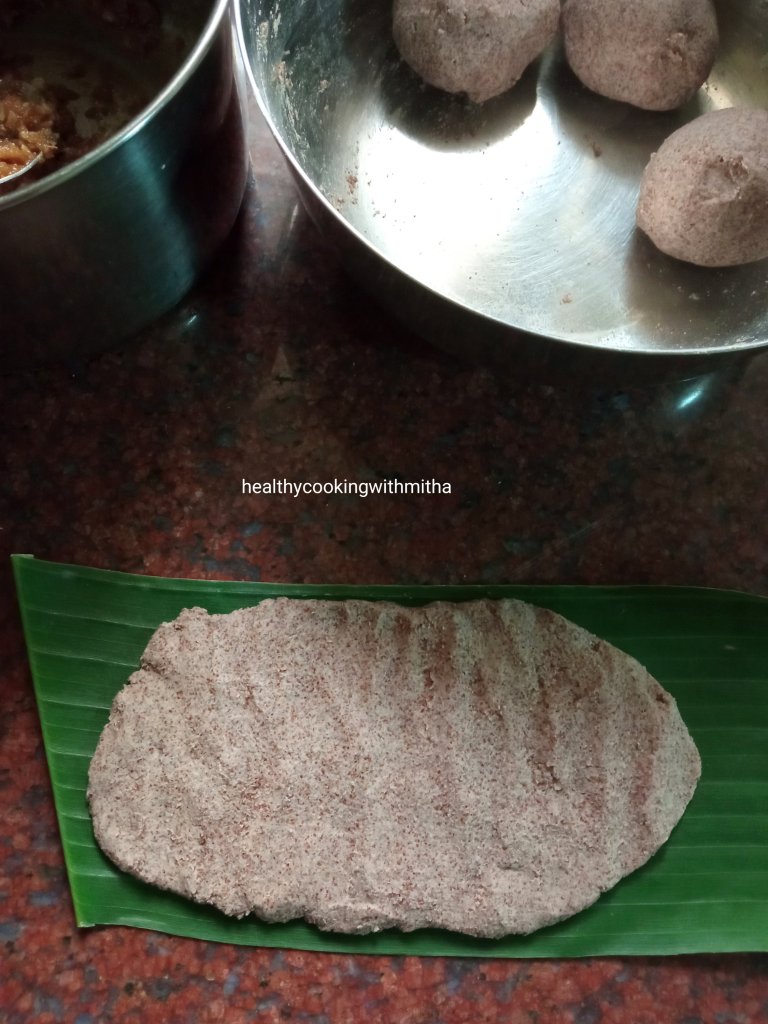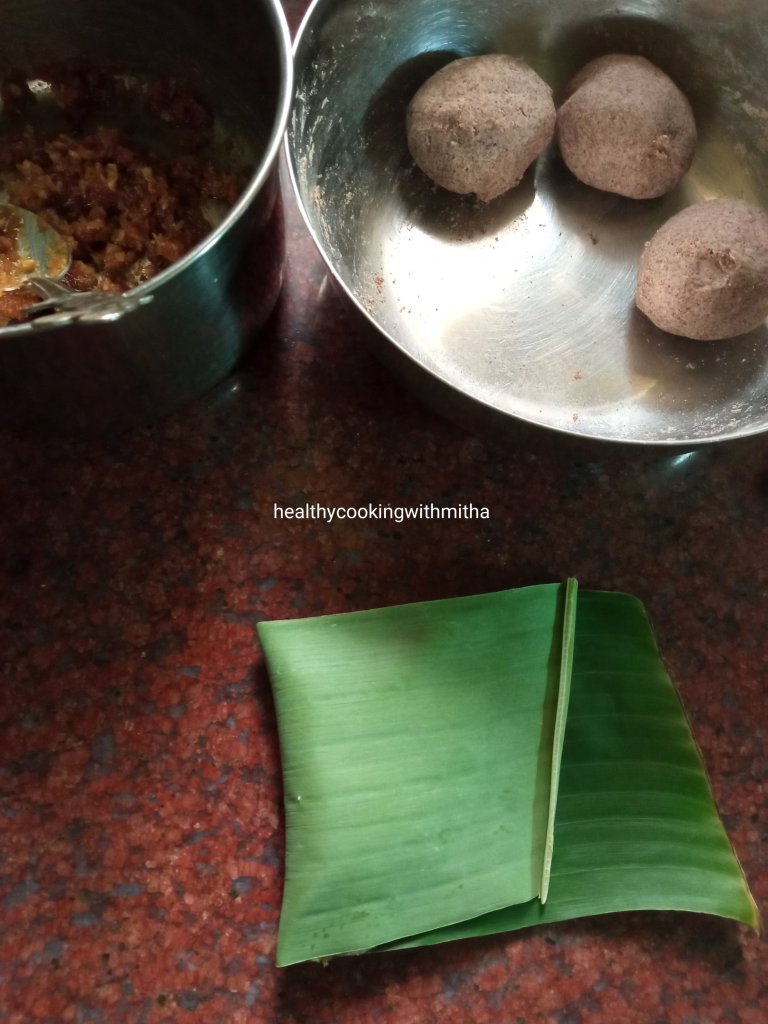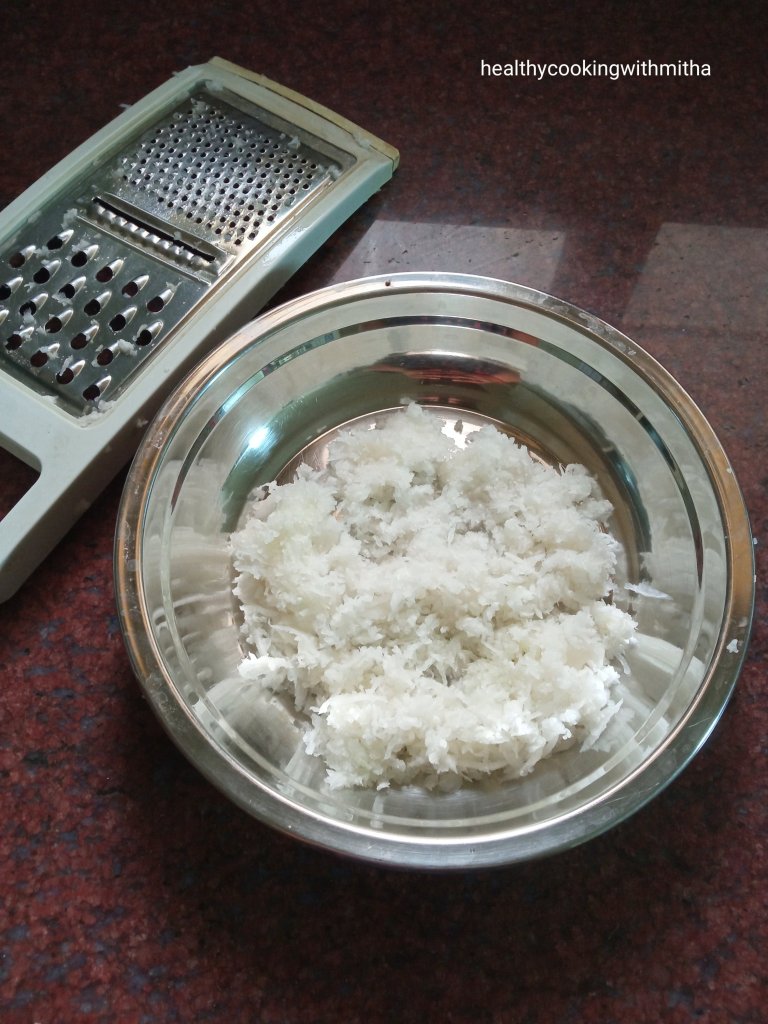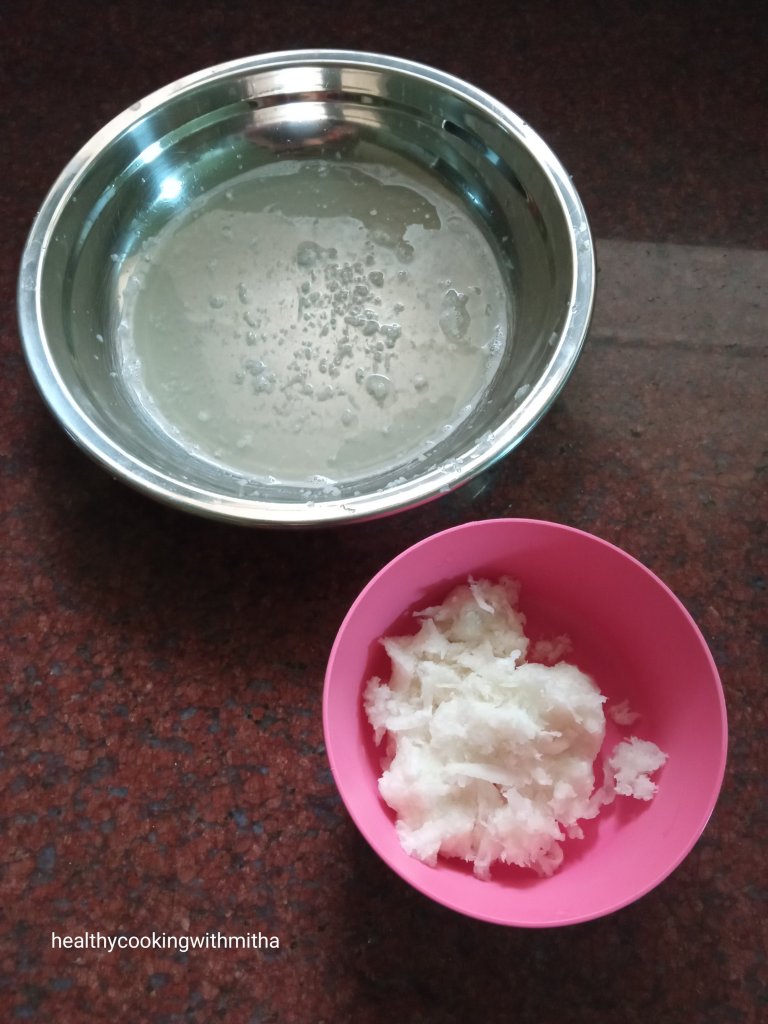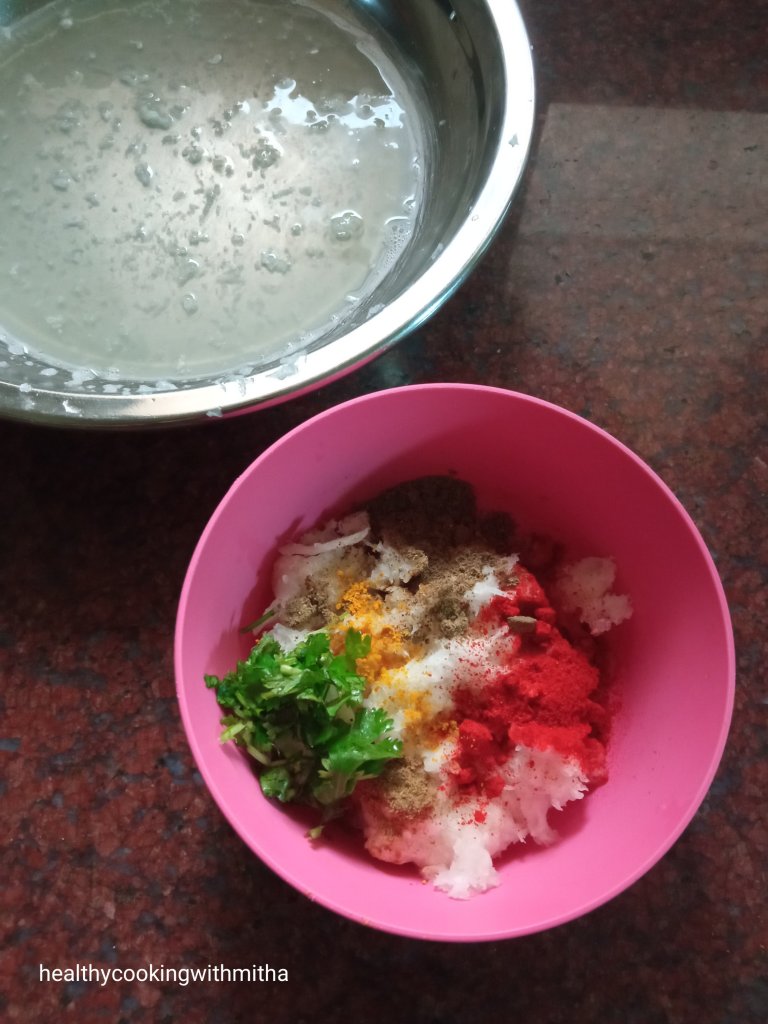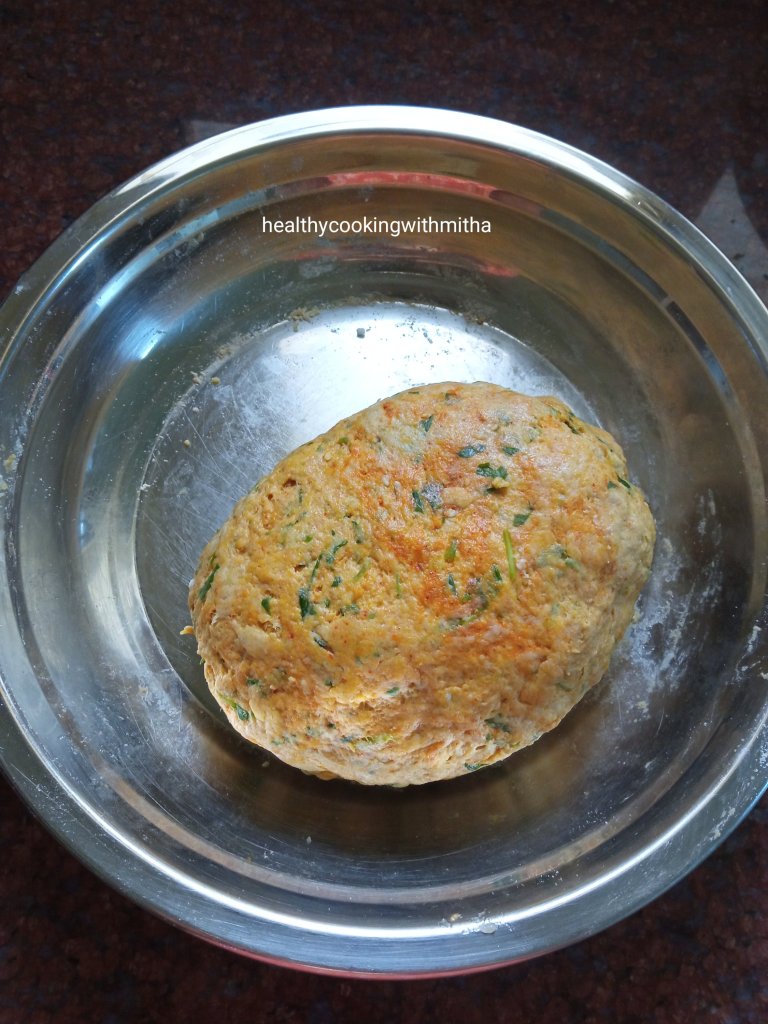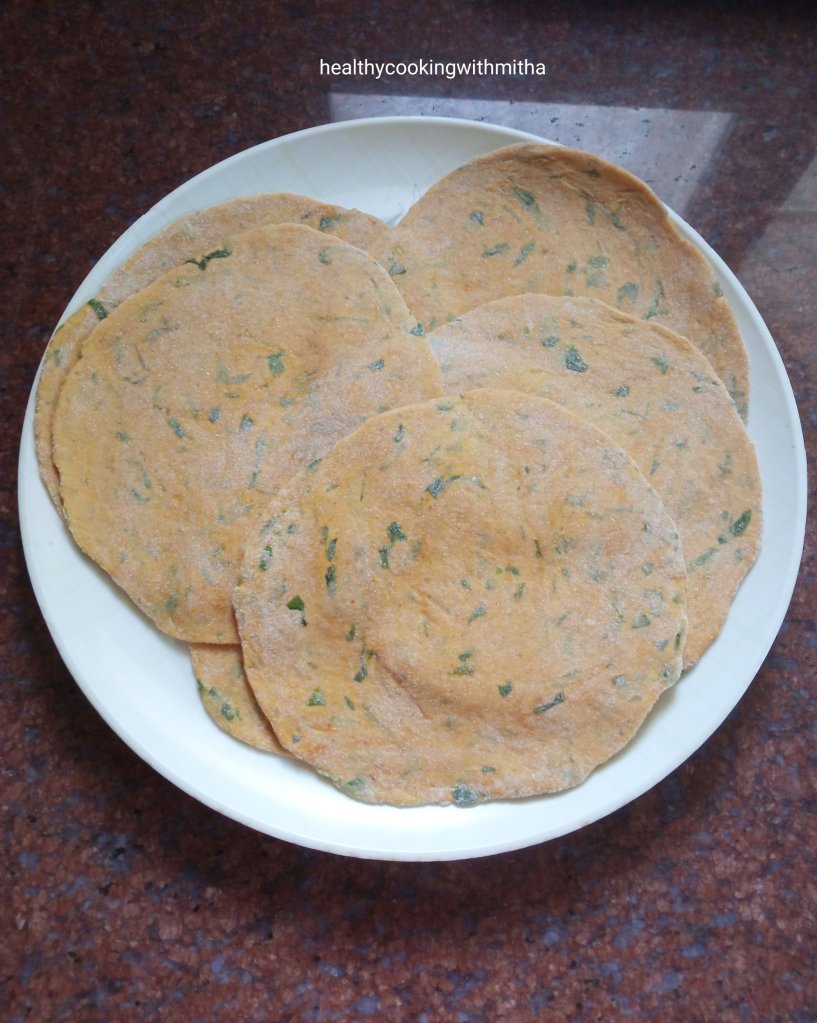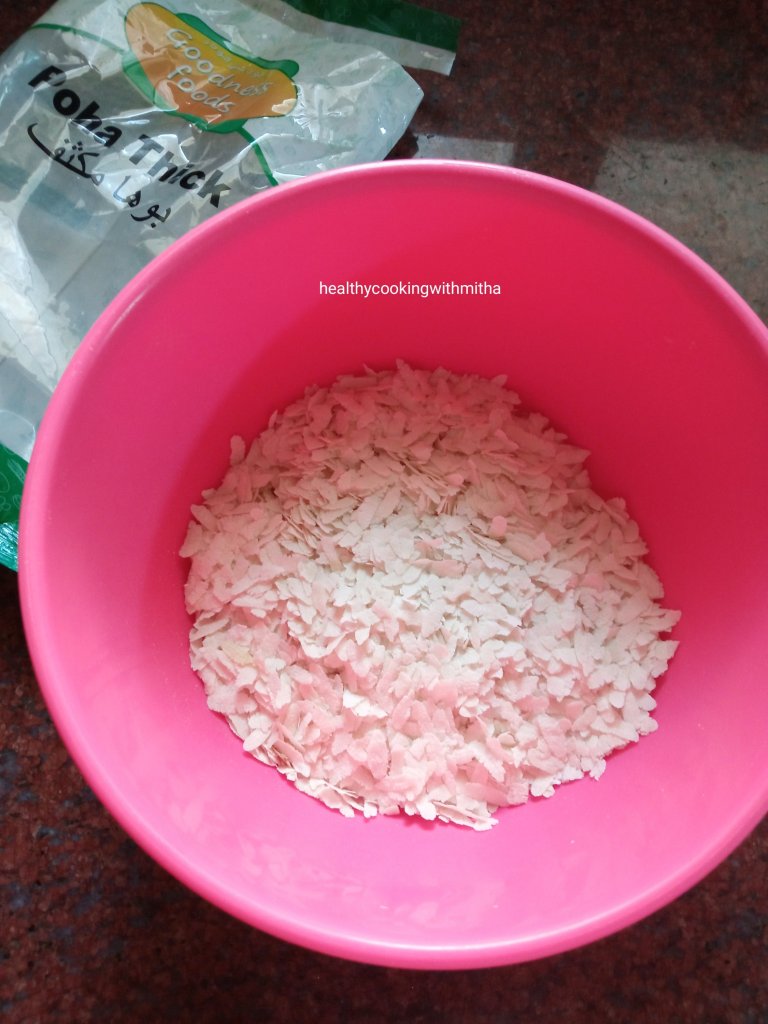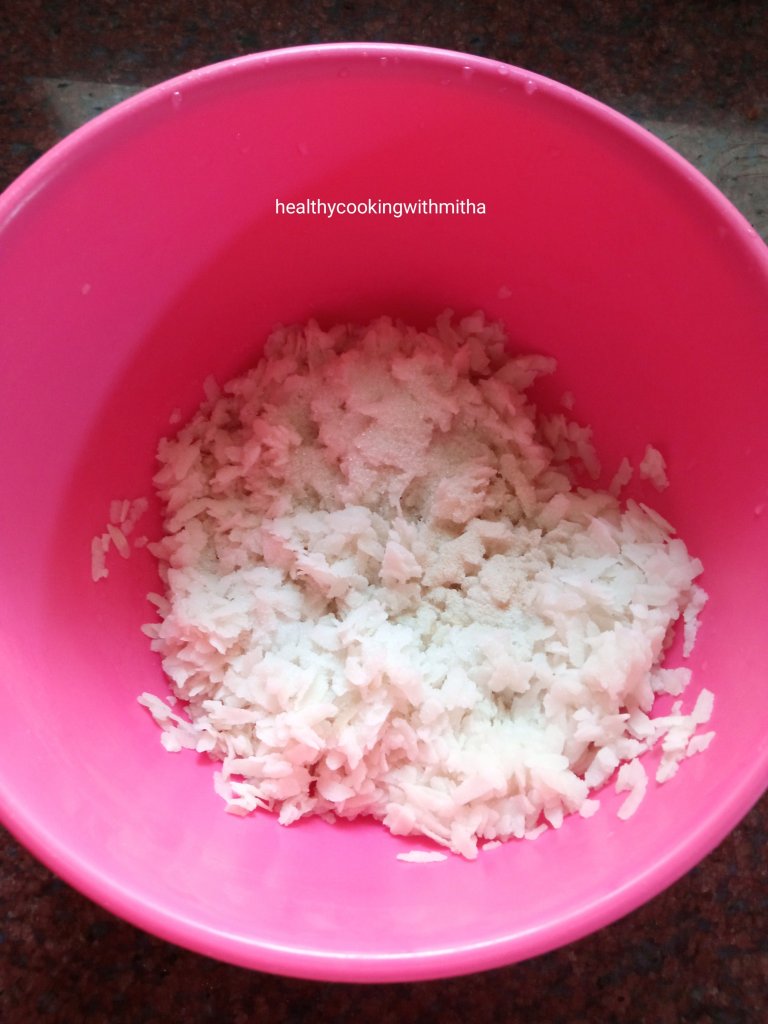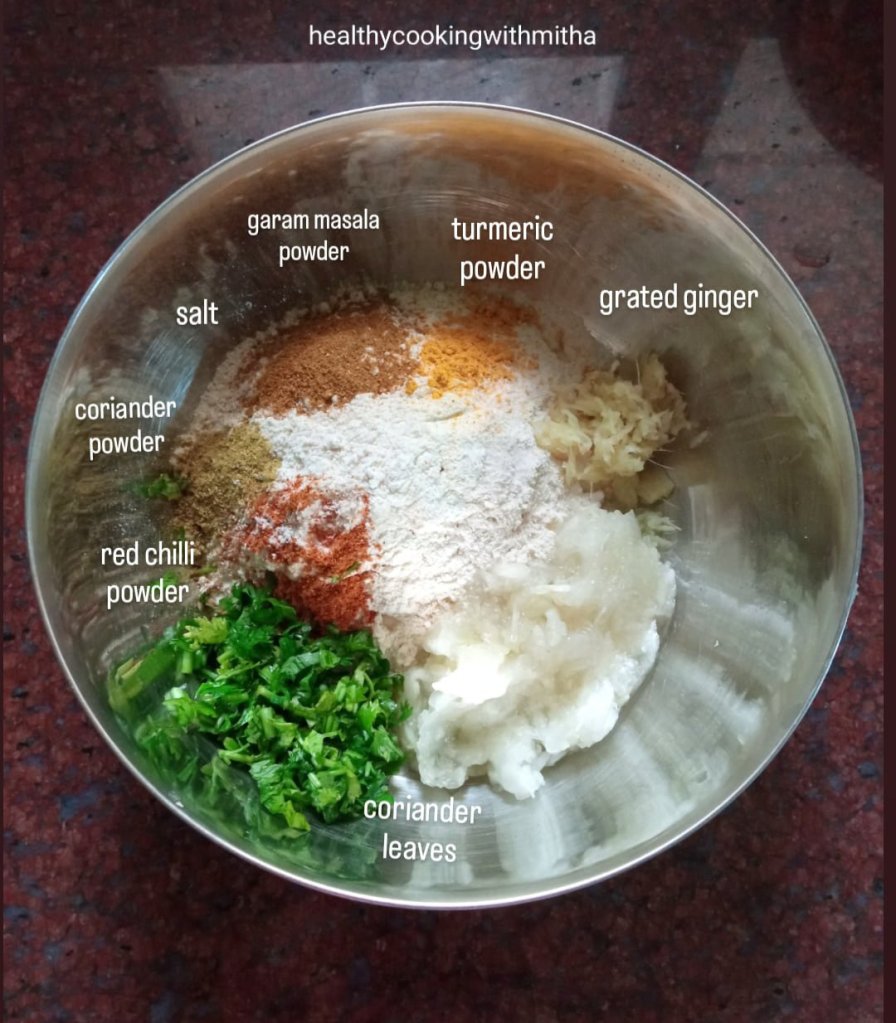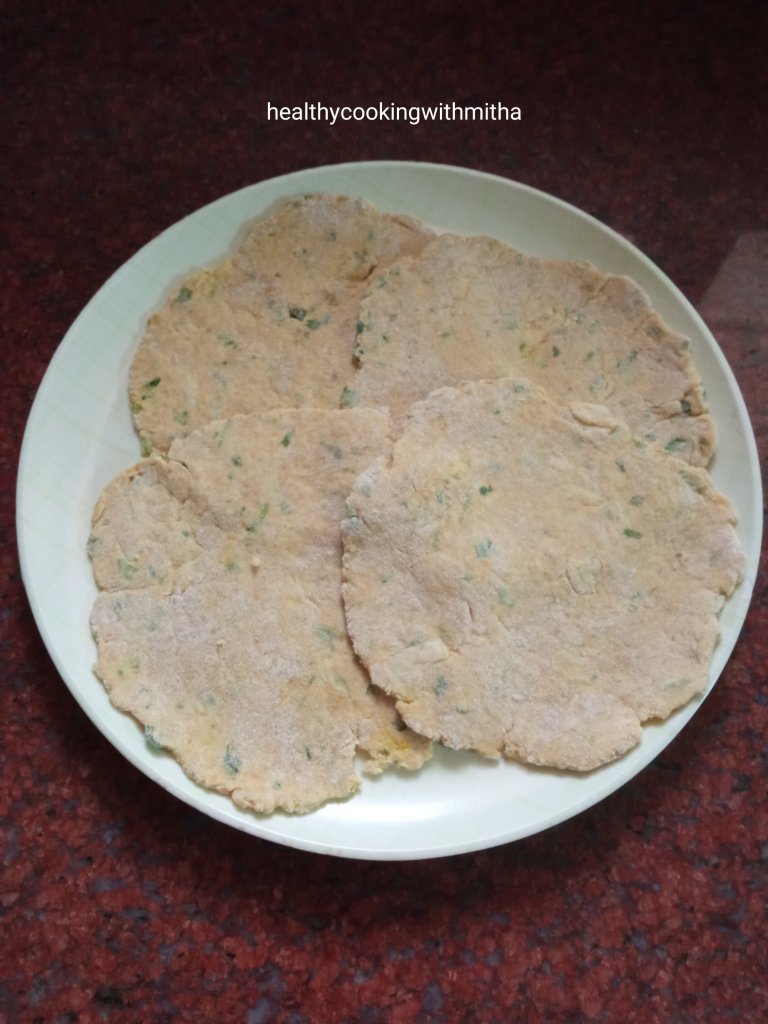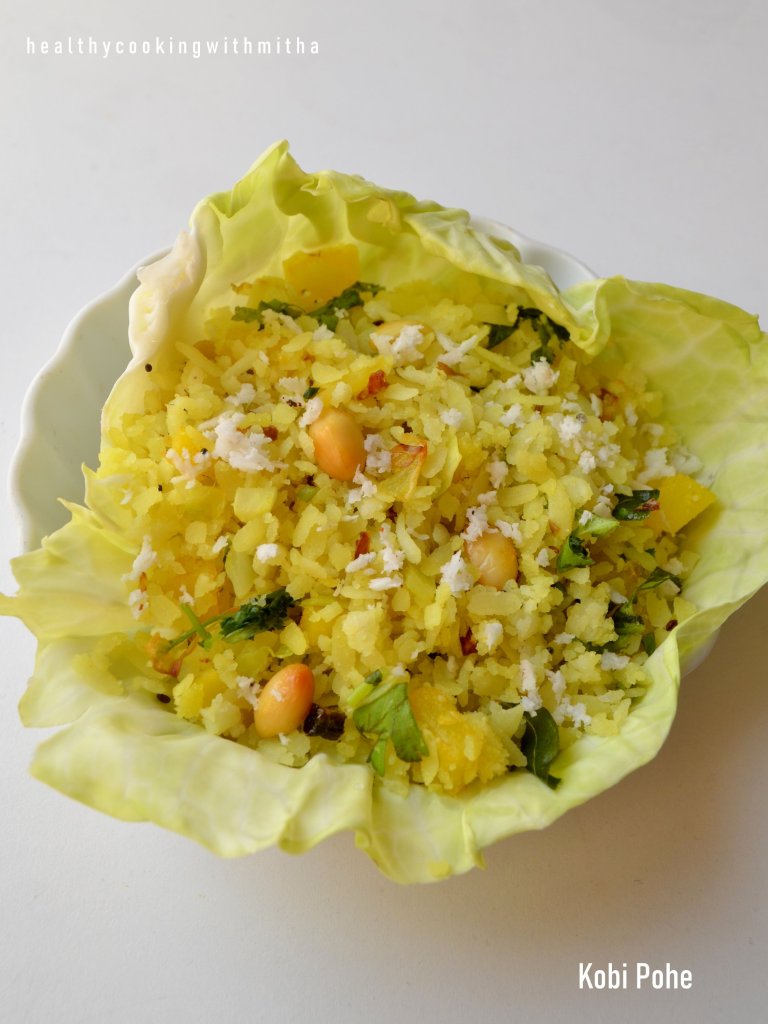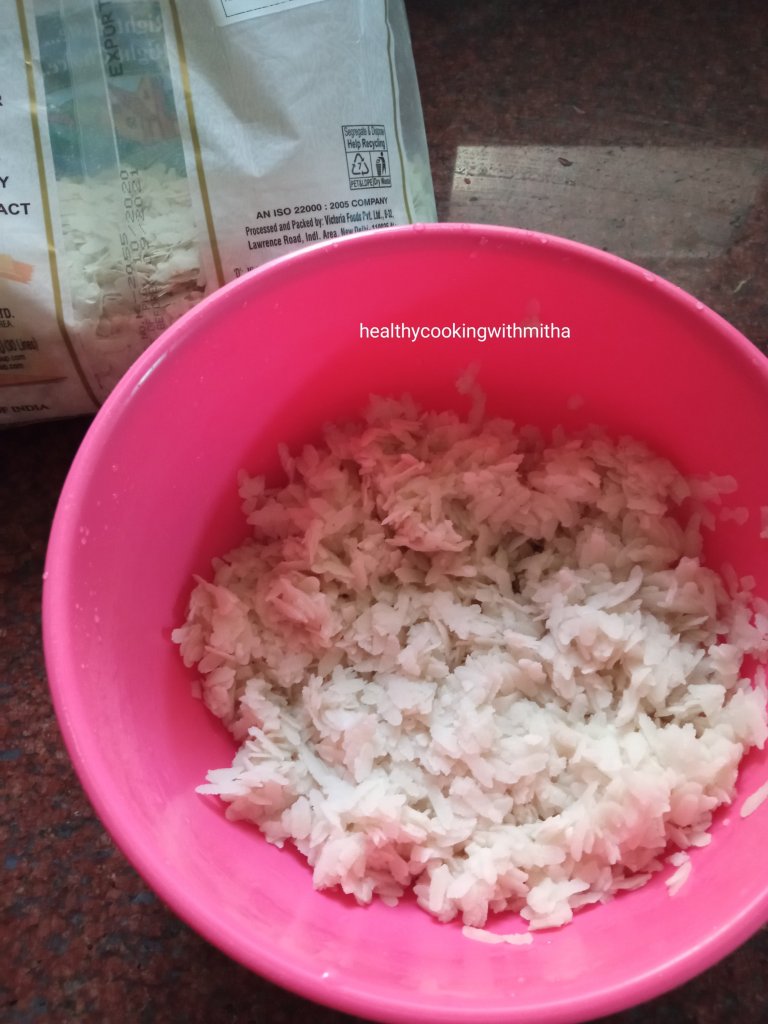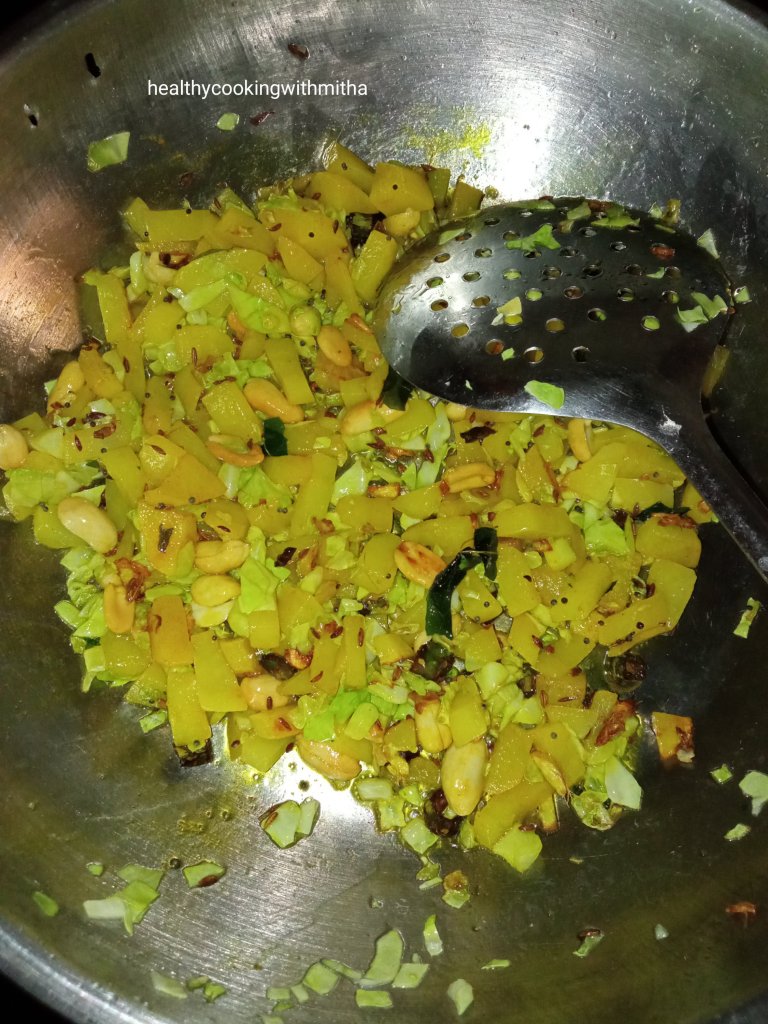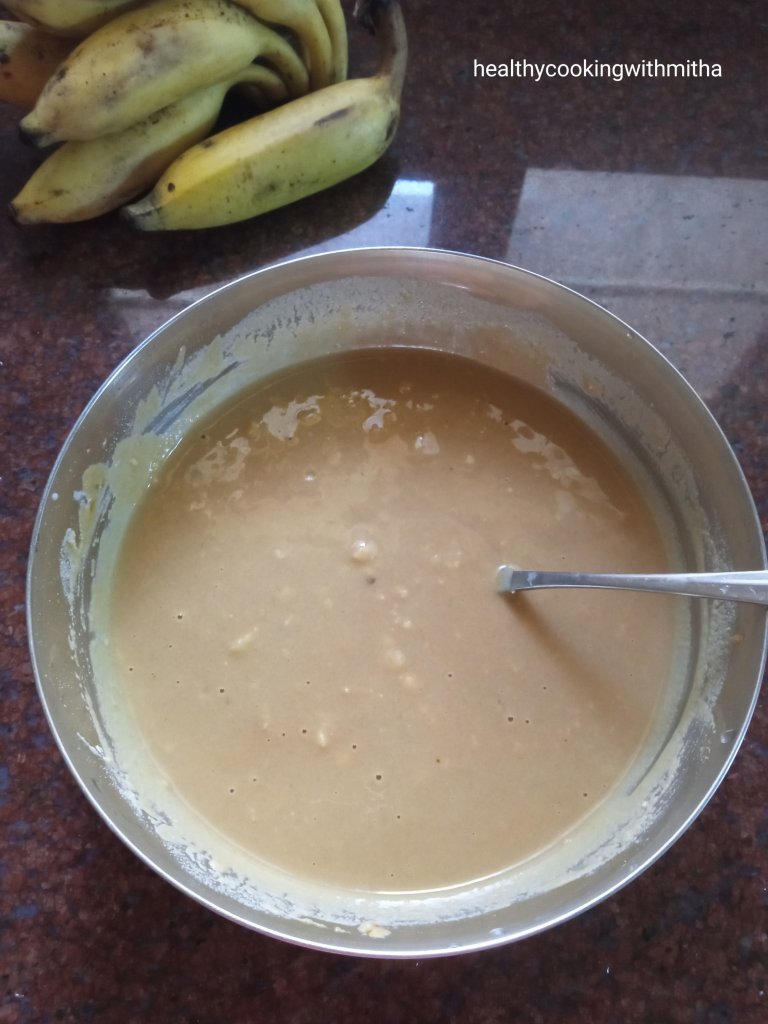
Breakfast is the most important meal in the day for me and I make sure it’s as healthy and filling as possible. Usually it’s any kind of dosa or idli but on days when the dosa batter is less, upma is my go to breakfast. Quick to make, quicker to finish, I love upma and often wonder why people make fun about it that it’s their least favorite breakfast. 🤔
Today morning, I felt peaceful as kids left for school after weekend 😀 and as I finished my morning walk, I thought of making this Barnyard millet upma. Since I was already feeling peacefully happy, I decided to utilize this moment to blog the recipe too. It has been long I am making this upma for breakfast and evening snack but never took pictures.
I have been substituting semolina or rava with millet for upma since sometime now as it’s more filling and healthy too. Also, I make pulav with millets too instead of rice for a change and love how delicious it comes out. Will share the recipe soon.
Hope you all try this simple yet tasty Barnyard millet upma. I am sure you will like it. Happy and healthy cooking ❤️
RECIPE:
Ingredients: { Serves 2 to 3 people }
1 Cup = 240 ml
{ Barnyard Millet is called Varai in Konkani, Kuthiraivali in Tamil, Sanwa in Hindi and Kavadupullu in Malayalam }
1 Cup Barnyard millet
3 Cups Water
For seasoning:
1 Tbsp Ghee
1 Tbsp Coconut Oil
2 tsp Mustard seeds
2 tsp Cumin seeds
A sprig of Curry leaves
3 Green chillies
6 to 8 Cashews
Salt to taste
Freshly grated Coconut for garnish
Step by step recipe:
1. Take 1 Cup of Barnyard millet in a bowl and wash it well. Remove water and keep aside. I use Manna brand of millet as it is readily available here in Qatar.
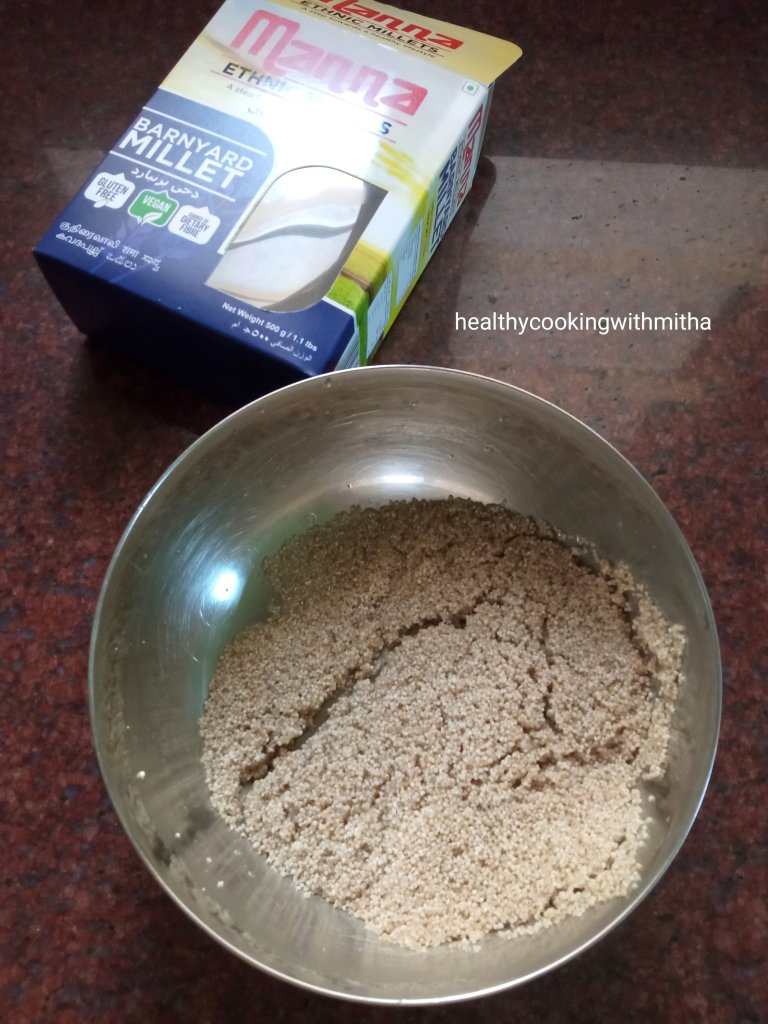
2. Now heat ghee and oil together in a pan. You can use only oil too but ghee adds a wonderful flavour to the upma. Add mustard seeds and cumin seeds. Once mustard starts spluttering, add curry leaves, green chillies and cashews. Fry till cashews turn light brown in colour.

3. Now add the washed millet and roast for few seconds. Now add salt and mix well.

4. Add hot water and mix together with the ladle.

5. Lower the flame to medium, cover and cook till the water gets absorbed completely by the millet and the mixture turns dry (takes about 10 mins) . Check if millet is cooked by mashing between fingers. Garnish with freshly grated Coconut. Serve hot.

Serve Barnyard millet Upma as it is or with peas curry like I have served and with chutney powder. Coconut chutney also goes well with this upma.

Notes:
* I have used Manna brand of Barnyard millet as it is readily available here in Qatar in all major supermarkets. I get mine from Lulu or Grand mall.
* 1 Cup Barnyard millet needs atleast 3 Cups of water to cook. Keep hot water ready beforehand and add as soon as you roast the millet in the seasoning.
* Making upma with millet takes more time than regular upma with semolina or sooji as millet takes atleast 10 mins to cook but it is more filling and healthier.
* You can also add vegetables to make it vegetable upma.
* I also make Barnyard millet idli and it tastes delicious.
* You can check all my Millet recipes here:











